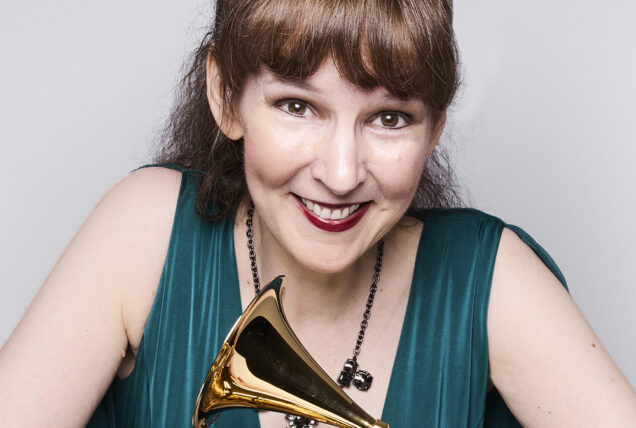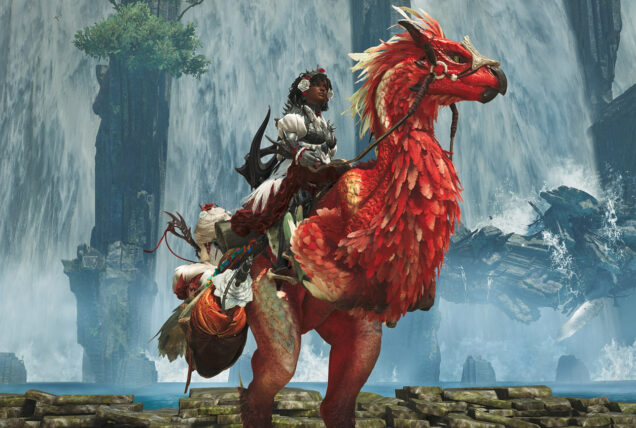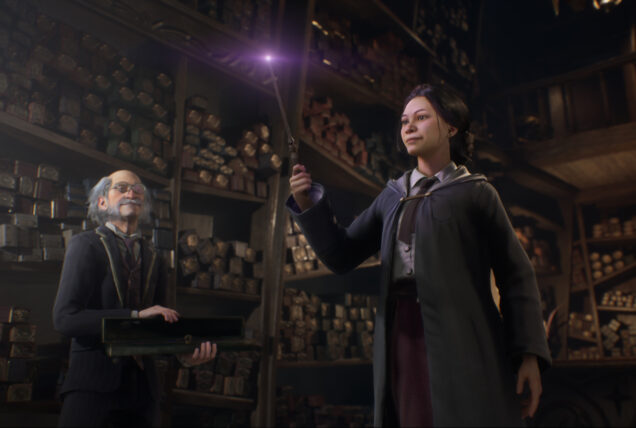
What inspired your interest in working with video games?
Graeme Timmins, Creative Director, Gearbox Entertainment: I’ve always enjoyed video games. I grew up on Nintendo and Sega Genesis, and very early on I became interested in how games were made.
I’ve always enjoyed building environments and gameplay since I was a kid. Back in Sonic the Hedgehog 2, there was a debug code that let you place all the little objects in the levels, and I’d go around pretending I was a level designer. Later, when Doom and then Quake came out, I was interested in making levels for those games and I taught myself how to design them as a hobby.

Borderlands is loved around the world. What pressure did you feel in leading the team to help create Borderlands 4?
There are always some sleepless nights. Obviously, I care deeply for this franchise. I’ve been with it from just about day one. I was the lead level designer on the original Borderlands, and I’ve worked on every Borderlands since then.
As lead level designer on Borderlands 3, I was proud of what we accomplished. However, I knew that going into Borderlands 4 we had to push ourselves to embrace some new ideas. At the same time, we needed to balance those innovations with core qualities that make Borderlands so unique and special.
Having been with the franchise for so long, I feel confident in knowing what makes Borderlands work. That understanding is ingrained into me after more than 15 years of working on the franchise. I was excited about the opportunity of meaningfully moving the series forward — especially alongside so many talented people who’ve also been around for as long, if not longer than, I have.
Gearbox is great in that way — we have a team that knows Borderlands inside and out. I’m surrounded by so many people who also share my desire to do something excellent with Borderlands 4. So yes, there was pressure, but more than anything, it was more about the excitement of creating something new and carrying the franchise forward.
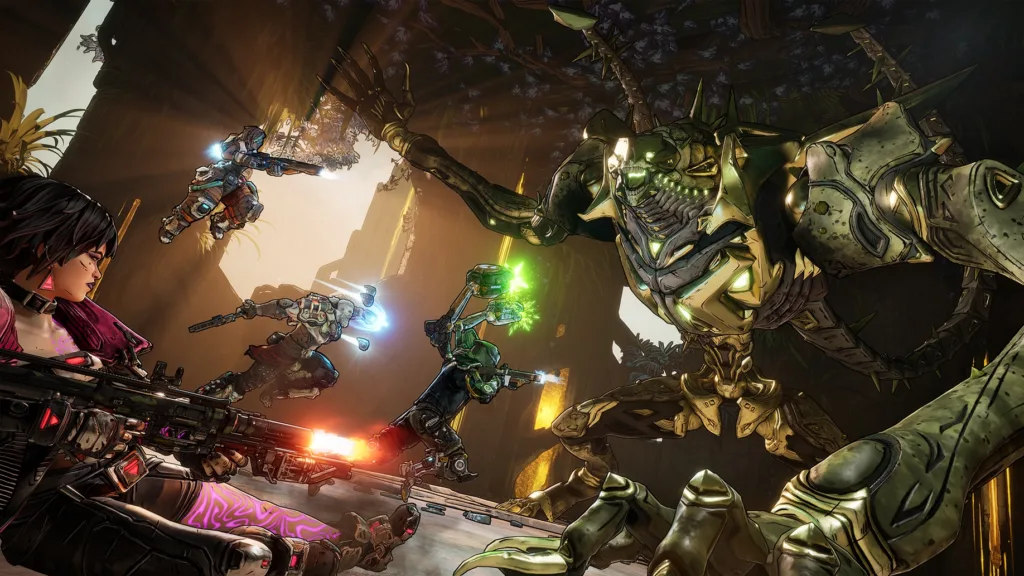
Kairos is such a striking setting with its diverse environments, dynamic weather, and multiple factions. How did you shape these elements to create a cohesive and immersive world that fits the franchise’s tone?
Kairos is the most expansive space we’ve ever developed. My background is in level design, and I design with a level designer’s mindset. So, I really care about having a cohesive, well-realized world that feels real for our players.
As a level designer, I focus on environmental storytelling. I tell the history of a space through design, which led us to ask questions like: “What is the history of the factions?” “What would have happened in this location?” Those questions and answers influence design. My history of viewing games through the lens of level design proved to be beneficial.
We also wanted to implement weather. It’s been something we’ve talked about, but the technology just wasn’t ready. Now with both UE5 and the powerful hardware from our partners at Microsoft, Sony, and Nintendo, we can now deliver weather at a level that meets our high standards.
And then finally, we wanted our tone to be more grounded compared to Borderlands 3. The world and its characters have stakes, and each faction has endured a history that has drove them to the edge. Borderlands has dark humor at times and that really allows the franchise to play with tone in a way that other games can’t. We took all these elements and put them together to build a cohesive world that tells the story of the factions and the place itself in a way that you can’t really find in other games
The Borderlands franchise has an incredibly unique art style. Some have described it as having a high-tech but lo-fi aesthetic. How does that style come to life in Borderlands 4?
That description of high tech but lo-fi is pretty accurate. I think of it as a high-tech world that has fallen apart and then gets kind of ramshackled back together.
Looking at Kairos, we play with those extremes more than in previous games. The Timekeeper, for example, has this very high-tech level that we haven’t seen in other characters in Borderlands. So, we’re playing on the high-tech element there, but it still exists within a world that has fallen apart.
Borderlands 1 started as kind of a post-apocalyptic world, and we keep that vibe alive even in this more high-tech environment. Everything is still falling apart. You can see that expressed in Borderlands 4 through buildings looking destroyed or decayed, with wires and pipes exposed and mishmashed around the world in interesting ways.
Using UE5 lets us play with lighting in ways that we haven’t been able to before with materials and other aspects like the weather system. You’re seeing more extremes in terms of some very high-tech locations, but still ultimately pulled apart and destroyed, and finally put back together again. Kairos still feels distinctly Borderlands, even in these new environments.

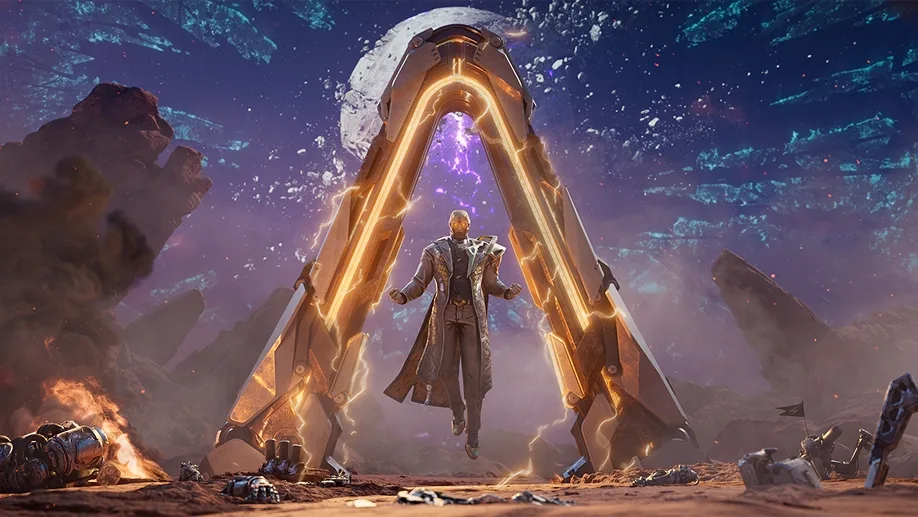
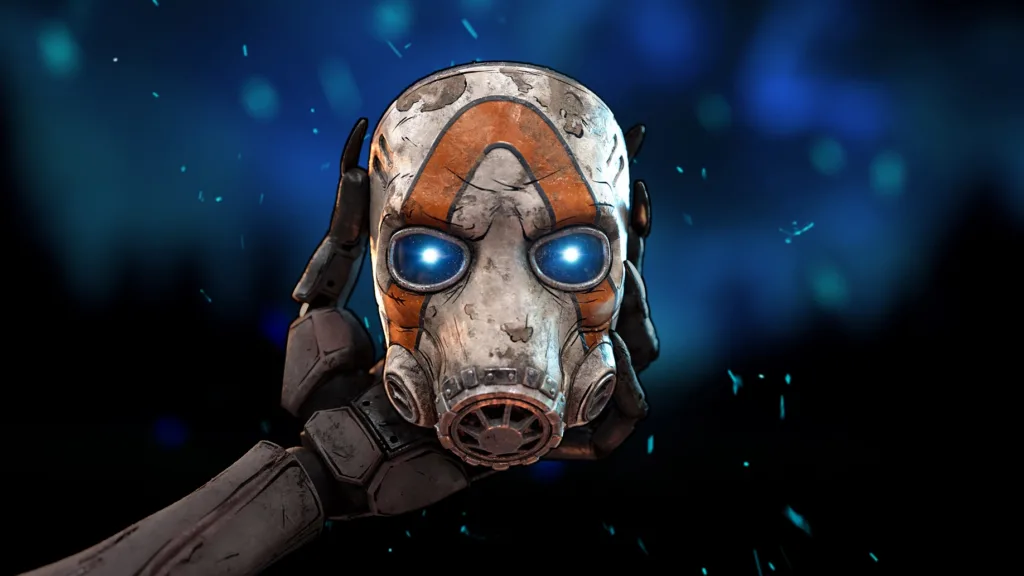
We’ve seen expanded movement, integrated ordnance systems, and deeper skill trees coming to the game. How did you help guide the team to make sure these new mechanics still felt true to the heart of Borderlands?
We’ve always said Borderlands is a first-person shooter first and an RPG second because we respect how players interact with the world through a first-person perspective. And so, we’ve always used that as our guiding principle—you’re still going to shoot all your problems away in a Borderlands.
But as time has gone on, our games have grown more intricate and gained more depth. Our audience has grown too, and they’ve become more comfortable with that complexity. For example, in Borderlands 1, the skill trees were very shallow, but it was such a brand-new idea, it felt incredibly complex. Now, our skill trees have a great depth, and we’ve hit this sweet spot of really letting players customize characters while keeping things approachable.
When we looked at movement, we originally asked ourselves, “How do we make this world seamless world and let players explore it?” In the end, traversal mechanics like the grapple, the glide, the dash all became part of that. We also integrated those mechanics into combat, turning them into a distinctive Borderlands feature.
I always tell the team to be open to inspiration, but to look at anything new through the lens of a Borderlands player. To ask, “How does this new idea work in a Borderlands game, where our pillars are combat, reward, and growth?” I never want us to add something new into the game without asking, “Does this truly feel like Borderlands at its core?”
In terms of skill tree design, skill trees are such a big part of how players shape their vault hunters. What was your approach to designing them this time around to give players more freedom and creativity while still keeping the game balanced?
I think we’ve done a solid job with our skill trees, giving players an opportunity to express themselves and what makes them excited about combat.
Our starting premise was that we wanted to ensure that if all players selected the same character with the same action skill that they could still have ways to customize that skill and feel like a unique character. This meant that we needed to add a lot more depth to our skill tree system. The combination is way greater than ever before and that lets players personalize their experience.
As you know, the Borderlands community is incredibly vocal and passionate. How did feedback from the community impact or influence decisions around Vault Hunter abilities, personalities, or overall design in Borderlands 4?
We’re grateful for the Borderlands community that has developed over the years. They’ve given the franchise its life, and their passion inspires us. During my time on Borderlands 3, I was tightly connected to the community. Through that, I got a great understanding of our audience and the types of things that they resonate with. In developing Borderlands 4, I kept that in mind, particularly as we started to plan out our endgame and try to understand the life of the game after it launch. Our goal is not just to meet the community’s expectations, and but ultimately try to exceed them and bring something new that I believe they’re going to really love.
Communities speak up because they care, and we take that passion seriously. For example, in Borderlands 4, we added the Combat Radar as a direct response from players asking for it. I personally loved the compass, but I recognized the community wanted that feature, and we made that happen in just a couple weeks. That’s the kind of responsiveness we want to maintain —delivering the best Borderlands at every step of the way. We’ll continue to listen to their feedback and incorporate that into our work even after release.
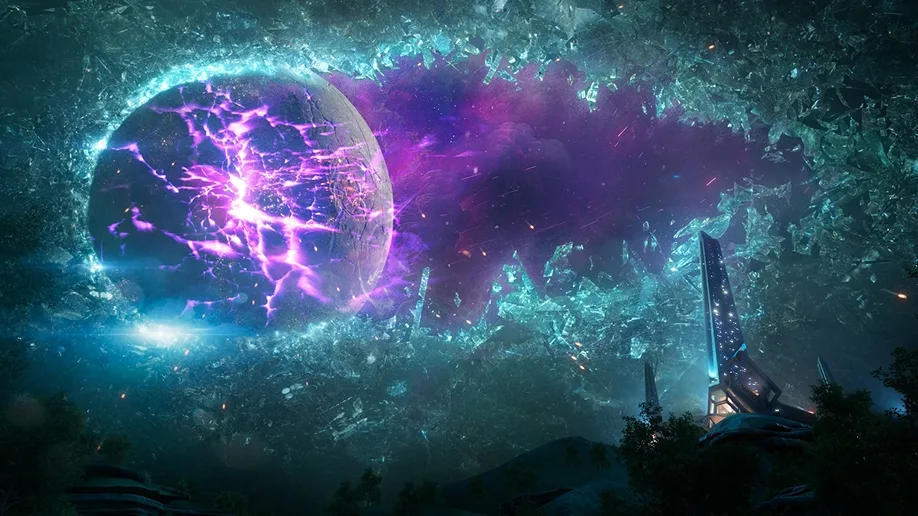
Looking back at everything you’ve helped to bring to life in Borderlands 4, what’s the feature or character you’re most proud of and what makes it stand out for you?
I’m especially proud of our new enhancement piece of gear because it makes you want to play with different weapons manufacturers in a way that we haven’t had in the past. I’ve seen players explore different manufacturers because of this enhancement piece of gear and that’s amazing. I think that does a great job of making you play with guns, which are paramount to Borderlands.
Coming back to the characters, I’m also proud of the range of depth. This cast feels like our best yet, with a depth and variety of abilities that are all satisfying to use. And then there’s Kairos. It reminds me of what we accomplished with Borderlands 1—a cohesive, lived-in world that begs to be explored. It isn’t just large for the sake of scale; It’s packed with so much content and detail.
Those are my big takeaways. I’m incredibly proud of Borderlands 4 and I believe our community and our fans are going to fall in love with this world and want to explore it.

